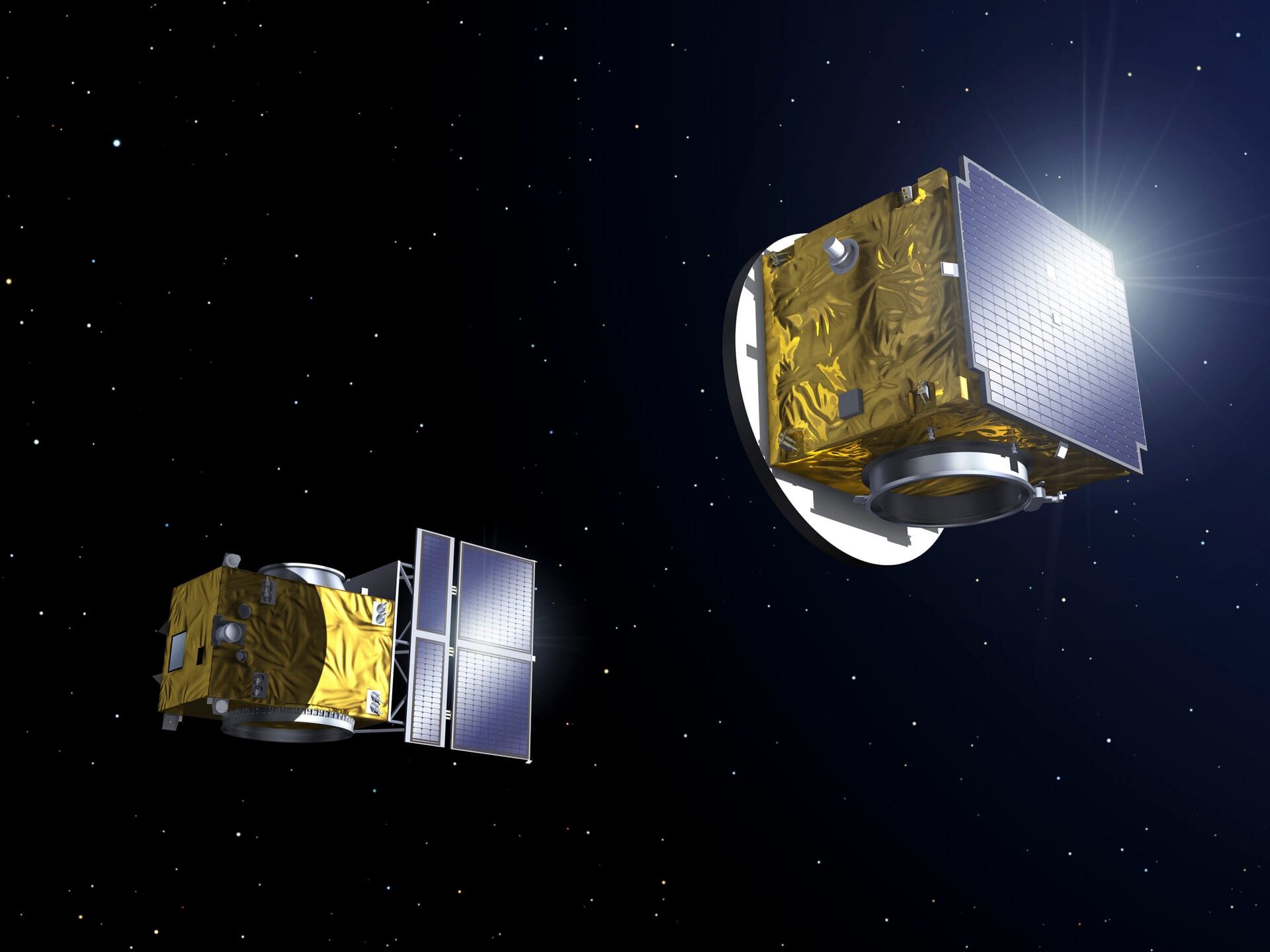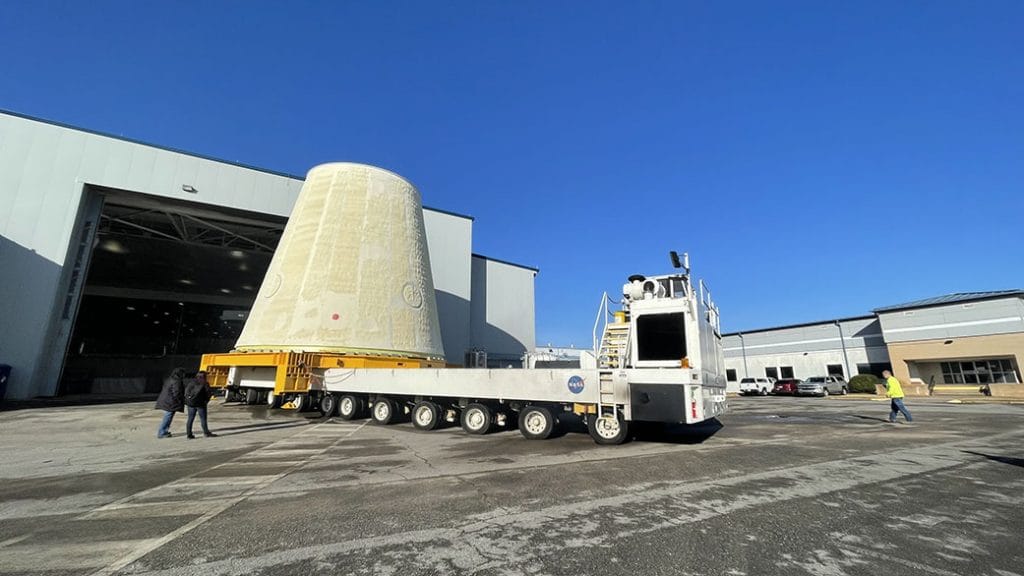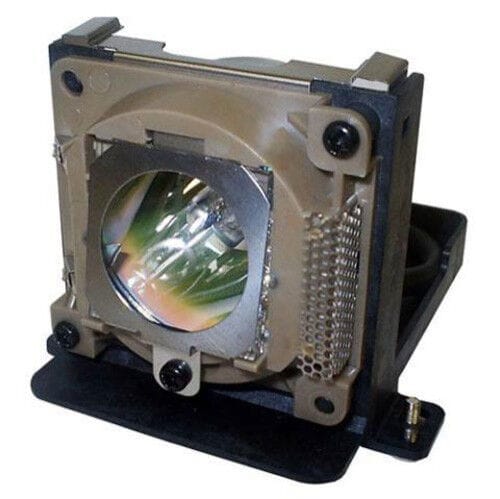The European Space Agency (ESA) has launched two satellites, Proba-3, on a mission to study the Sun’s corona, the outer atmosphere of the Sun. The twin satellites, designed to work in tandem, will use a novel formation-flying technique to create an artificial eclipse, allowing scientists to study the Sun’s outer atmosphere without the intense brightness of the Sun’s surface.
The Proba-3 mission is a technological demonstration of the formation-flying technique, which involves two satellites flying in close proximity to each other, with one satellite acting as a coronagraph, blocking the light from the Sun’s surface, and the other satellite observing the Sun’s corona. This technique will allow scientists to study the Sun’s corona in unprecedented detail, without the need for a physical coronagraph.
The two satellites, each weighing around 200 kg, were launched on a Vega rocket from the Guiana Space Centre in French Guiana. The satellites are equipped with a range of instruments, including a coronagraph, a spectrograph, and a polarimeter, which will allow scientists to study the Sun’s corona in multiple wavelengths and polarizations.
The Proba-3 mission is a collaborative effort between the ESA and a number of European industries and research institutions. The mission is designed to demonstrate the feasibility of the formation-flying technique, which could be used in future missions to study the Sun’s corona and other celestial objects.
The study of the Sun’s corona is important for a number of reasons. The corona is much hotter than the Sun’s surface, with temperatures reaching millions of degrees Celsius, compared to the surface temperature of around 5,500 degrees Celsius. Scientists are still unsure why the corona is so hot, and the Proba-3 mission will help to shed light on this mystery.
The Sun’s corona is also responsible for the solar wind, a stream of charged particles that flows away from the Sun and affects the Earth’s magnetic field. Understanding the Sun’s corona and the solar wind is important for predicting space weather events, which can affect satellite communications, navigation, and power grids.
The Proba-3 mission is expected to last for around 2 years, during which time the satellites will be flying in close proximity to each other, with the coronagraph satellite blocking the light from the Sun’s surface, and the observer satellite studying the Sun’s corona. The mission will provide scientists with a wealth of new data on the Sun’s corona, which will help to advance our understanding of the Sun and its impact on the Earth.
In addition to the scientific goals of the mission, the Proba-3 mission is also a technological demonstration of the formation-flying technique. The mission will test the ability of the two satellites to fly in close proximity to each other, and to communicate with each other and with ground stations. The success of the mission will pave the way for future missions that use the formation-flying technique.
The Proba-3 mission is part of the ESA’s Proba program, which is designed to demonstrate new space technologies and techniques. The program has been successful in the past, with a number of Proba missions demonstrating new technologies and techniques, such as the Proba-2 mission, which demonstrated the use of a solar sail.
The launch of the Proba-3 mission marks an important milestone in the study of the Sun’s corona. The mission will provide scientists with a wealth of new data on the Sun’s corona, which will help to advance our understanding of the Sun and its impact on the Earth. The success of the mission will also pave the way for future missions that use the formation-flying technique.



